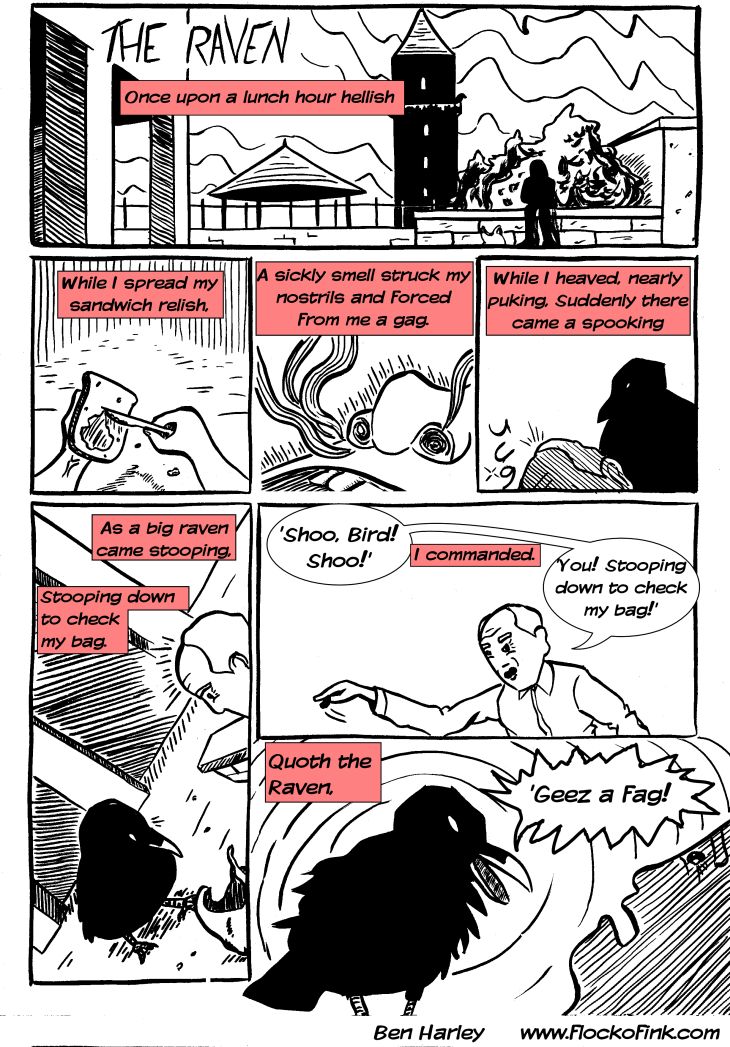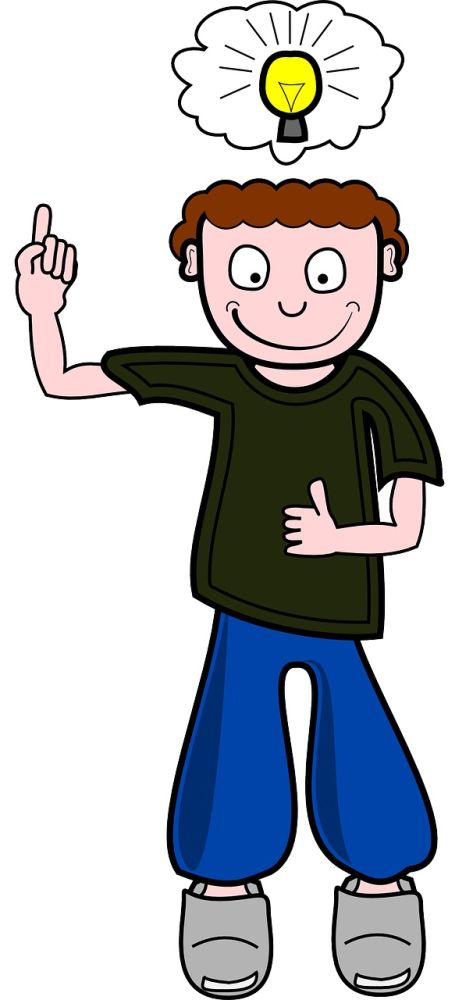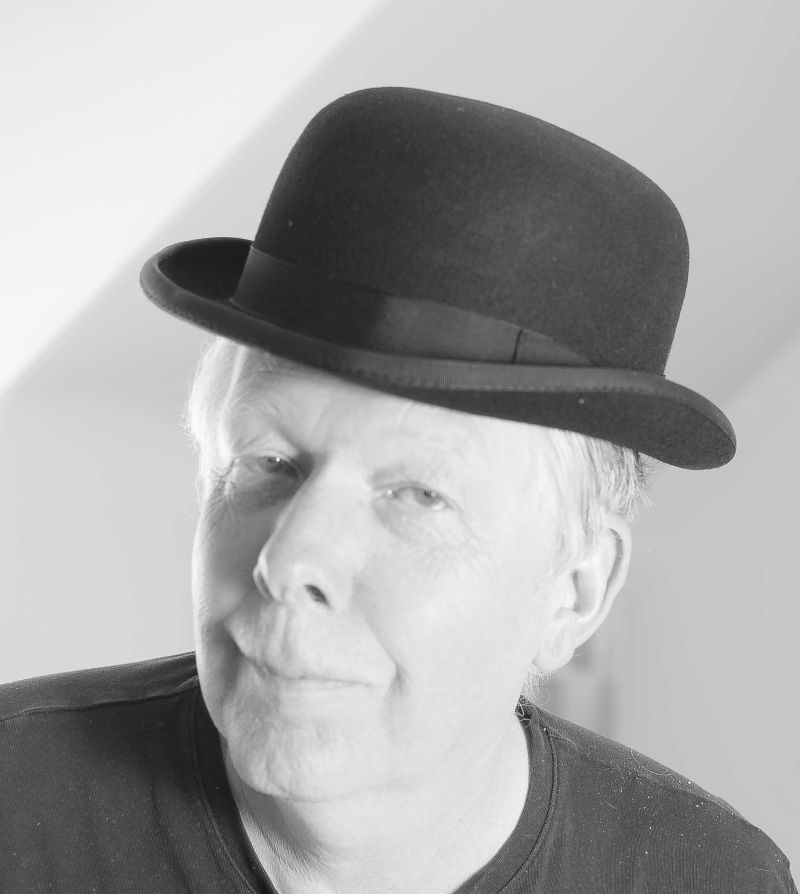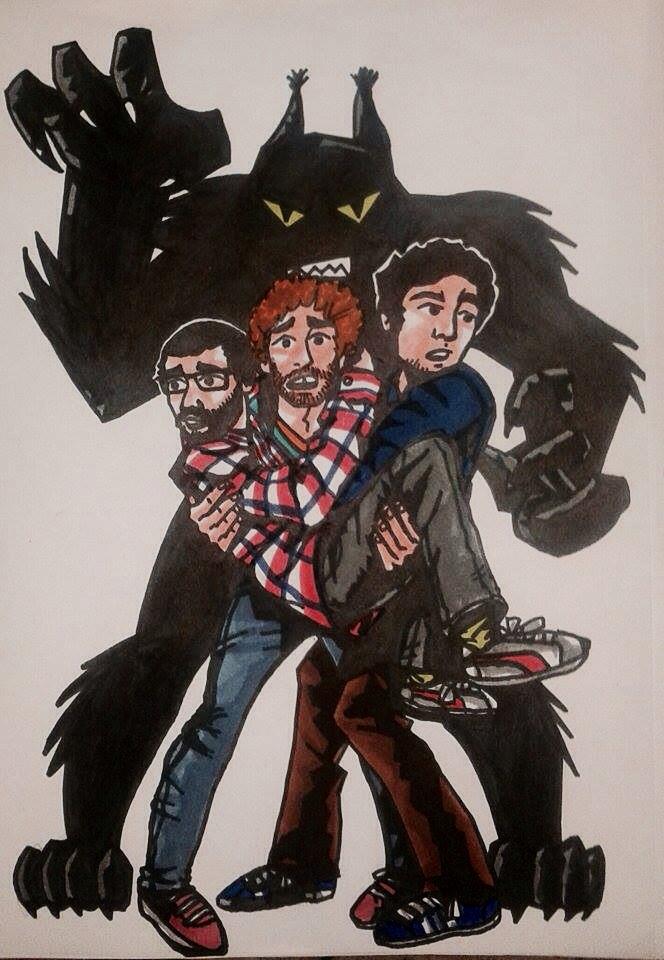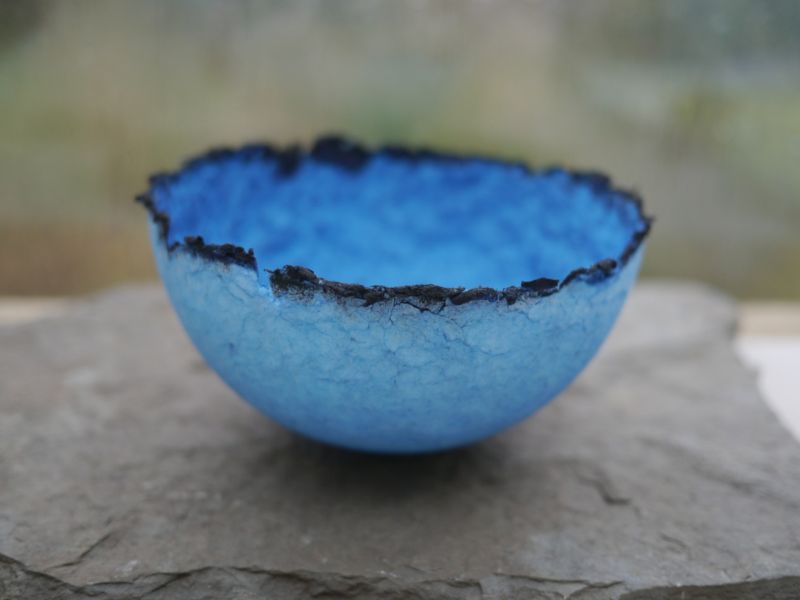Voice’s Old Susannah takes a look over the past week’s events in the ‘Deen and beyond. By Suzanne Kelly.
 Before I weigh in with the usual weekly attempt at satire, I hope you will forgive a few non-satirical comments in light of the slaughter of the Charlie Hebdo cartoonists, journalists and activists in Paris yesterday.
Before I weigh in with the usual weekly attempt at satire, I hope you will forgive a few non-satirical comments in light of the slaughter of the Charlie Hebdo cartoonists, journalists and activists in Paris yesterday.
My paragraph order is shoddy today; my words are not going to be honed (yes, sometimes I do try) – but expediency is key this week I think.
Before the events of 7 January in Paris, I had nearly finished writing a piece on the role of protest and the different forms dissent can take. This was spurred on by several factors.
A USA Today article seemed to suggest that protests didn’t really do much, and that even if it seemed that there were many protests around the world in 2014, there weren’t that many, and they weren’t hugely successful.
That no dictatorships instantly toppled at the first sign of protest last year was taken as a proof that protests don’t amount to much. The Occupy movement was put down as being ‘a spent force’; and lip service was paid to events such as the Arab Spring and recent protests against police shootings in the USA.
Another factor was a local activist had given up on a campaign trying to save a local landmark. They felt that the city was going to do whatever it wanted to do anyway, despite what the people might want. This seems true most of the time – I doubt anyone will forget the Aberdeen budget cut protest march of 2008. Several thousand people marched, and alas there was little immediate good outcome.
It actually took time to get rid of some of the elected authors of the cuts to services – cuts that hurt the most vulnerable in society. At the same time we had been selling the family silver in the form of property for next to nothing; beneficiaries included local luminary Stewart Milne (as per articles past).
Then an artist expressed doubt as to the value of the political commentary some of their work made. Can music and art make any headway or have influence when it comes to the art of protest?
On a personal note, my annual Christmas satire on local events hasn’t been without some backlash. I’m used to that kind of thing now – my columns have seen me threatened with legal action (such threats have all come to nothing), the odd (and I do mean odd) personal attacks on social media, a threat with being reported to the Scottish Football Association (which backfired spectacularly), the odd whispering campaign; I’ve been personally threatened, and I earned the title ‘Odious Susannah’ from the Liberal Dems.
It just makes me more determined. But no one should have to pay for their beliefs, their right to legal expression and their creativity in any manner – least not with their freedom or their lives.
Many people are disgusted with the bias shown by media; our very own little city is a classic example of how the powerful prevail when they can exert control over the news.
When bias editorials commingle with factual articles, and there is no acknowledgement of the blatant bias on the part of those whose self-interest dictates what news is presented, we need more than ever voices from the artists, the songwriters, the disenfranchised for counterbalance.
The evidence supporting the power of protest art, demonstrations and satire is everywhere. To the discouraged and downhearted I’d say look around, take courage and carry on. Even when a petition, protest or campaign fails, you never know who may take inspiration in the future, or what seeds your ground work may sow.
Let’s see. John Lennon’s piano is currently on a peace tour. The Creedence Clearwater Revival Protest Song ‘Fortunate Son’ reignited debate when it was performed by John Fogarty, Bruce Springsteen and (the venerable) David Grohl at a veteran’s concert at the end of 2014.
The song highlights the iniquity in American society at the time of the Vietnam War (or conflict as the propaganda machine preferred to call it) – and it’s clearly still hitting a nerve and creating debate over 40 years later.
Satire is nothing new, and seems part of the modern human condition. From the early Greek satire The Frogs through Gulliver’s Travels, Gargantua to name but a few, writers and poets such as Milton and Dante created enduring literary classics when they embarked on scathing satire.
Magazines such as Charlie Hebdo and Private Eye have brought stories to light which other newspapers either ignored or picked up later (often claiming ‘scoops’ where Private Eye had already laid stories bare).
Music is memorable, is influential, and a great song will keep a story alive longer than a newspaper article or online story. We remember heroes and villains of the past and distant past precisely because of art and music.
Some may argue that protest and satire are pointless and ‘offensive’ respectively; I would respectfully argue in today’s high-surveillance, unequal, unfair, violent, corrupt climate that it is essential to get as many songs of protest and politics written as we can for the benefit of educating people today and for helping to record events and feelings for the benefit of generations to come.
JK Rowling may be best remembered for writing books for children about magic. What I got out of reading her works (besides some good old fashioned fun and adventure) is that people need to question authority and stand up to corrupt bureaucracy wherever they find it, and how badly wrong things can go when people are complacent or deliberately hide their heads in the sand.
“Have you any idea how much tyrants fear the people they oppress? All of them realize that, one day, amongst their many victims, there is sure to be one who rises against them and strikes back!” – J K Rowling
The USA today piece’s author seems to feel that unless a protest, movement or act of defiance has some immediate, measurable outcome, it is an inconsequential failure. It’s just as well that the Suffragettes didn’t share that view. If we were to take this article as guidance and not bother to speak out, protest and act out, we would soon have the homogenous, repressed world order that many in power would like us to have.
Perhaps An Sang Su Ki should have backed down after the first year or two of her arrest?
As with any other endeavour, the only way failure is assured is to either allow complacency and inertia to end it, or for the prospect of failure to stop a movement starting in the first place.
Perhaps the State, the extremists and private interests would like people to believe that protests, protest music and art and political satire are worthless. But if protest is the privilege of people in a democracy, then surely propaganda is the tool of the powers that be against the people.
On a local level an anecdote comes to mind.
Several artists who were turned down for an arts grant from Aberdeen City Council contacted me with concerns about one of the grant recipients. This particular recipient was someone who worked for the council… giving out arts grants.
And the proposal they had which won funding over other artists? They created a short film showing all the positives of Aberdeen City which is veritably an advert for this city, warts removed.
As an artistic endeavour the film is not without merit. However, when you consider the job of an artist is in part to select and comment on the world around them, it is very handy indeed that the city and the artist could find no wrong in Aberdeen, and the resulting grant-winning project doubles nicely as a promotional piece for the city.
If you were to contrast this film with the gritty, excellent documentary ‘Run Down Aberdeen’ created by Fraser Denholm, it becomes apparent which is the more honest, holistic – and artistic piece of work.
Can a song have influence? Mark Edwards took Bob Dylan’s ‘A Hard Rain’s Gonna Fall’, and used it as the unifying theme and inspiration for his Hard Rain project. This is a globally-touring photo essay on the state of the world, the good, the bad and the ugly; it makes the viewer question where we are, where we are headed, and what could and should be done to improve the lot of humanity and the state of our environment.
All this from a 3 minute song. If songs were without power, do we believe the major political parties would spend so much time worrying about what song to pick for their conventions?
Around the world journalists, activists, writers, musicians and artists languish in prisons because they have dared to stand up to dictators. In the West, we have a tradition of political satire which is to be preserved at all costs – as sadly some people have paid highly for this freedom.
The courtiers of Versailles were satirised in the extreme; the simple cartoons summed up succinctly the excesses and cruelties of the day for all to see. Did they contribute to the Revolution? Absolutely.
If art had no power, Picasso’s epic Guernica would not have been created in response to Spanish Civil War atrocities and would not have been hung in the United Nations building (where are the UN and what are they doing to protect the individual’s rights seems a fair question) – but that’s not the end of the story.
When the US decided to ‘help out’ Iraq in 2003, it despatched Colin Powell to the UN to break the news. The only problem was that painting. It commemorates the bombing by Germany of the Spanish town for no other reason than to test its new military air prowess. The painting was removed lest it stir up any anti-war sentiment.
The powerful don’t want you and me to take to the streets, to write letters or write songs, to pen cartoons or poems and will denigrate such acts. But make no mistake, the powerful understand the value of propaganda and the power of protest music and art.
I’m sure the USA Today writer has more experience, credentials and skill than I do (who doesn’t?). If his position that protests don’t matter is ever proven, let’s keep it our little secret. Please don’t tell Banksy, Bob Dylan, Richard Thompson, Ian Hislop, Jello Biafra, Peter Gabriel, Doonesbury’s creator Gary Trudeau, Rage Against The Machine, Steve Bell, http://www.original-political-cartoon.com/, TV Smith, The Sex Pistols, etc. etc.
Definitely don’t tell Spitting Image’s creators Peter Fluck, Roger Law and Martin Lambie-Nairn – for rumour has it they might bring the show back (and do we ever need it). And please don’t tell Charlie Hebdo. Do think for a moment what a drabber world it would be without these voices.
Someone sent me this lyric the other day; perhaps it sums things up rather nicely when it comes to why we need protest music, protest art, cartoons and satire:
“We’ll fight, not out of spite For someone must stand up for what’s right
‘Cause where there’s a man who has no voice
There ours shall go singing”
– Jewel (Thanks Nicky Cairney)
But I think the fallen of Charlie Hebdo might have preferred it if I just carried on with a bit of satire this week as usual, so here goes. Thank you for bearing with me, and now it’s time for one quick definition.
Religion: (ancient archaic noun) Belief systems shared by individuals.
Many religious movements started with simple, peaceful intentions – ‘love one another’, ‘do no harm’ etc. etc. But sometimes a little violence, torture, war and guerrilla warfare is needed to spread the love.
All religions are valid. Confucianism and its passion for logic is just as valid as believing in an American who thinks some of us came from the Planet Zog and are really giant lobsters – who for a small fee can get higher up the cosmic pecking order. The use of any intellectual prowess to consider whether or not a religion has any redeeming features is offensive.
Criticising, doubting, questioning any religious group – be they Branch Davidians who believed in guns and child molestation, or extremists who want to save us by killing anyone who disagrees with them – is bang out of order.
Wanting to subjugate women, stone homosexuals and bisexuals and control freedom are all valid religious values and as such are not to be criticised. It is important to never question your own belief system, anyone else’s belief system, and to keep quiet. Occasionally it seems religion is being used as an excuse for violence, but that’s only if you’re a non-believer.
So if anyone’s looking for me after my eventual demise, look no further than the Lake of Fire in Hades. And please bring marshmallows, BrewDog and Jack D.
We are the music-makers,
And we are the dreamers of dreams,
Wandering by lone sea-breakers,
And sitting by desolate streams.
World-losers and world-forsakers,
Upon whom the pale moon gleams;
Yet we are the movers and shakers,
Of the world forever, it seems.
With wonderful deathless ditties
We build up the world’s great cities,
And out of a fabulous story
We fashion an empire’s glory:
One man with a dream, at pleasure,
Shall go forth and conquer a crown;
And three with a new song’s measure
Can trample an empire down.
We, in the ages lying
In the buried past of the earth,
Built Nineveh with our sighing,
And Babel itself with our mirth;
And o’erthrew them with prophesying
To the old of the new world’s worth;
For each age is a dream that is dying,
Or one that is coming to birth.
Arthur William Edgar O’Shaughnessy
- Comments enabled – see comments box below. Note, all comments will be moderated.
[Aberdeen Voice accepts and welcomes contributions from all sides/angles pertaining to any issue. Views and opinions expressed in any article are entirely those of the writer/contributor, and inclusion in our publication does not constitute support or endorsement of these by Aberdeen Voice as an organisation or any of its team members.]





